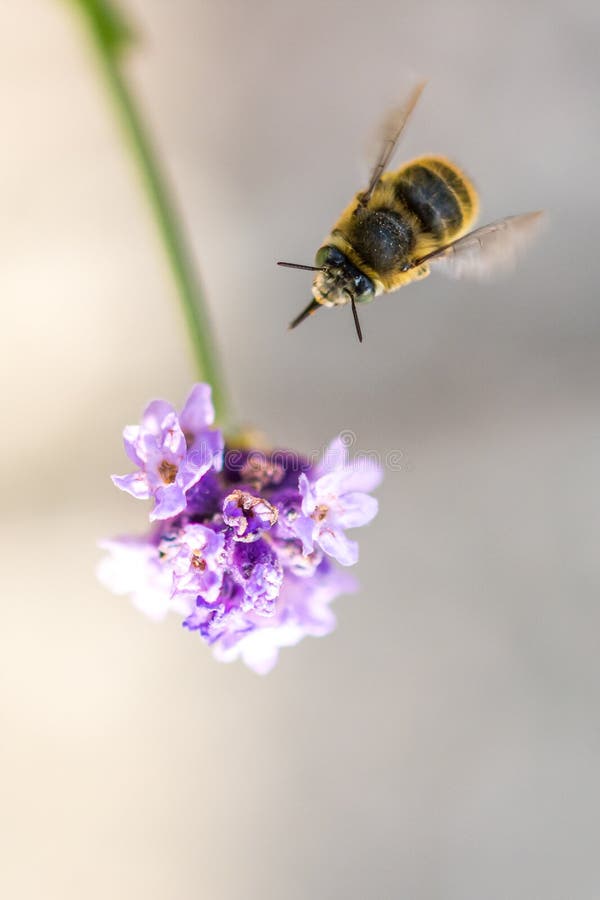

#Honey bee wings how to#
How to get rid of leafcutter bees: Like most bees, leafcutter bees are beneficial and usually don't need to be removed.They only sting when handled, according to the University of Florida's Institute of Food and Agricultural Sciences, which describes a leafcutter bee sting as "far less painful" than that of a honeybee. Do they sting? They can sting, but these solitary bees do not aggressively defend their nests.They're used by commercial growers to pollinate crops including alfalfa, blueberries, carrots, and onions. Leafcutter bees are important pollinators of many wildflowers, as well as some fruits and vegetables. Want to know more about bees or beekeeping? Get in touch with the team at Ecrotek.

But as a beekeeper, knowing what you’re looking at is a good place to start. Of course, these are just the basics of bee anatomy – once you start to think about bee organs, body structure, and their respiratory system, things get much more complicated. These pollen baskets look tiny, but they can carry up to a third of the bee’s weight in pollen.īecause queens and drones do not collect pollen, they have no need for pollen baskets. She uses her back legs to scrape the pollen into special hairy ‘pollen baskets’ where it stays until she gets back to the hive. When a worker bee lands on a pollen-laden flower, her abdomen is covered with loose pollen. The forelegs and middle legs help them walk and cling to flowers, while the back pair is adapted to help with pollen collection. Inside the hive, these wing movements can help fan air onto newly made honey, helping the excess liquid evaporate more quickly. In hot weather, workers will fan cool air into the hive using rapid wing movements. This is another clue if you’re struggling to identify the queen.īees use their wings for flying, obviously, but they also use them to maintain the temperature of the hive and process honey. The queen’s wings are distinctive in that they are splayed out from her body, rather than tucked in. Drones have much larger wings – they reach almost to the end of the abdomen. Workers’ wings are fairly small and lie flat against the body. Drones don’t have a stinger, and the queen has a much longer, smoother stinger, which is also used to lay eggs.īees have two sets of wings, larger forewings, and smaller hindwings.
#Honey bee wings skin#
If they’re forced to defend themselves, this stinger lodges in the victim’s skin and detaches from the bee, killing it. Looking at the abdomen is usually the easiest way to differentiate between bees.Īt the very end of the abdomen, worker bees have a short, barbed stinger. It’s short and rounded in worker bees, longer and wider in drones, and long and tapered in the queen. The abdomen is the largest part of the bee’s body – it’s also where the classic yellow and black stripes are mot visible. The bee’s wings are attached at the top of the thorax, and its legs come from underneath. The thorax is the middle segment – although it can be hard to tell where the head ends and it begins. Because the queen and drone bees don’t collect nectar, their proboscises are shorter. The head has long antenna protruding from above the eyes, and a needle-like proboscis that lets the bee drink nectar from flowers, and water from other sources.

They help the bee detect predators approaching from above, as their compound eyes can’t see upwards. These are simple eyes that can detect changes in light, but not much else. Oddly enough, bees also have three bonus eyes on top of the head – called ocelli. If you look closely, you can see that these eyes have tiny hairs growing out of them – these are believed to help bees navigate and detect wind direction. Drones have eyes that are slightly closer together, as they don’t need to search for flowers as they fly. The head has large compound eyes on either side, giving worker bees exceptional peripheral vision when flying. Knowing how your bees’ bodies help them perform their tasks in the hive helps you know what to look for when you observe them.Īs you might remember from primary school, all insects have a head, thorax, abdomen, and six legs. We all know bees are insects with six legs and wings, but many of us only have a fuzzy idea of bee anatomy beyond that. Otherwise, no matter how much you spend on fancy gear and deluxe hives, you won’t know how to manage your colony. Before you even start setting up a hive, it’s a smart idea to join a local beekeeping club or association, participate in online message boards, and read as much as you can about the craft. As a beginner beekeeper, knowledge is one of the most important tools you can have.


 0 kommentar(er)
0 kommentar(er)
